Nokia Lumia 930 Review
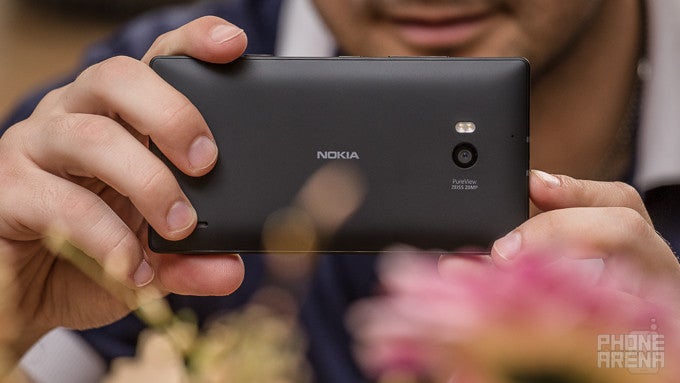
Introduction
The Lumia 930 is the international version of Verizon's exclusive Lumia Icon flagship, and is arguably the swan song of the Nokia that were, as it has been conceived before Microsoft gobbled up its entire smartphone business. Nevertheless, it is Windows Phone's attempt to hold the flagship fort against Android juggernauts like the Galaxy S5 or the Xperia Z2. At first brush it has everything needed to take them head-on, like a large 1080p display, quad-core Snapdragon processor, 2 GB of RAM, 32 GB of internal memory, a 20 MP main camera, and exclusive Dolby surround audio recording. How about when we dive into the details? Let's see...
In the box
- In-ear stereo headphones
- Nokia AC-60 wall charger
- Nokia Charging and Data Cable CA-190CD
- Warranty and information leaflets
Design
With its chunky, but comfortable to grasp chassis, the Lumia 930 is one solid piece of unibody craftsmanship.
Compared to the Lumia 1020 and its giant 41 MP camera hump on the back, Nokia Lumia 930 is definitely smaller. However, at 5.39 x 2.80 x 0.39 inches (137 x 71 x 9.8 mm) and weighing 5.89 oz (167 g), it is still bulky and heavy for a 5-incher. The heavy unibody chassis feel very solid, though, and this feeling is further reinforced by the aluminum rim surrounding the sides, which gives the colorful polycarbonate pillow-shaped shells of the Lumia 930 a more premium look. We also liked how the tapered cover glass slopes towards the sides to merge with the metal rim for one uninterrupted look and feel. Nokia bragged that it takes hundreds of robotic movements to achieve the curved glass edges, and we have to say that the results of all that scrubbing are very pleasant to hold or simply look at.
The buttons are all located comfortably on the right hand side, with the most used power/lock key right smack in the middle. The lock key, as well as the volume rocker above it, and the two-stage camera shutter button are very ergonomic, easy to feel and press without looking, and with a deep tactile feedback.
Display
True to its traditions, Nokia supplied a display with excellent outdoor visibility, and then threw in manual color mode adjustments for a good measure.
Lumia 930 sports a 5” 1080x1920 pixels AMOLED display with the respectable 441ppi pixel density. You have several display modes to choose from, like cool, vivid and advanced, with the latter letting you play around with color temperature and saturation sliders, until you've reached the desired results. Color saturation can be adjusted from “natural”, all the way to the gaudy “vivid” level. Color temperature goes from warm through neutral to cold, while you can also emphasize separate colors with another slider – from green to purple. In the default mode, we measured the color temperature to be 6724K, which is very close to the reference 6500K white point, but still, white has a slight purpleish tint. As usual with AMOLED display, colors are oversaturated colors but to a lesser extent than, say, in the Galaxy S5's default mode.
Nokia's ClearBlack layer on top of the display comes to improve the screen reflectivity and we can attest that the Lumia 930 performs great in terms of outdoor visibility. We took it out together with the Galaxy S5, which is great in this aspect, and Nokia's phone performed on par, even beating the S5 by a tad when looked at from an angle.
Covered by sculpted Gorilla Glass 3, the Nokia Lumia 930 screen should withstand more than a few bumps and scratches, and, as usual, it also features a supersensitive touch layer, meaning that you can operate it with your gloves on.
Interface and functionality
Windows Phone 8.1 is now a mature and functionally rich mobile OS, to which Nokia adds a laundry list of exclusive apps like HERE Maps and MixRadio.
As one of the few Windows Phone handsets that come with the newest 8.1 version out of the box, the Lumia 930 sports all the bells and whistles that Microsoft's mobile platform can currently offer. Windows Phone 8.1 introduces a host of new features including a drag-down notification center (Action Center) that is home to all your notifications, but also to four toggles that you can conveniently use to quickly adjust brightness, switch Wi-Fi on or off, etc (you can customize the function of the four toggles from settings). The brightness toggle is particularly useful, since you can quickly change between low, medium, and high brightness levels without needing to go into settings every time. In the Action Center, you can now also see the actual battery percentage, and the date, which is neat. As for notifications, you can swipe them away one by one to discard them, or you can clear them all in bulk, like the Heads up notifications style that is coming with Android L.
Windows Phone 8.1 has also gotten plentiful new customization options including the capability to finally have a wallpaper (Start Background) on your home screen. How does it work with all those Live Tiles? In fact, the wallpaper occupies space from the tiles, and scrolls live with them. Not all Live Tiles are transparent, and thus not all show the wallpaper, so it looks a bit like a mosaic, but the effect that is achieved is unorthodox.
There is lots of other, smaller improvements like the neat Quiet Hours feature. It is a do-not-disturb option in essence, that can automatically activate in certain hours. It also works with the calendar, and when you’re in a meeting, it’d automatically put your phone into silent mode. Another neat option is “Find My Phone” that will help you locate a phone when you lose it, or wipe your private data off it.
On the other hand, you have Nokia Cyan, a host of improvements to Windows Phone exclusive to Nokia. Those include apps like the Nokia Camera, Creative Studio and Storyteller for all Nokia phones, and a few features like Dolby Surround Sound recording available on select phones. Nokia also supplies the so-called Sensor Core feature with certain Lumias, which lets low-power sensor info trickle into the Health app in the form of a step counter, for instance. Add to these the excellent HERE Maps suite that lets you download whole geographical regions for offline voice-guided navigation, and as far as basics go we can say that Windows Phone rivals its two main contenders – Android and iOS – in out-of-the-box functionality. When it comes to third party apps, though, that's still another beer.
Basic functionality is - needless to say - well covered. Microsoft bundles in a bunch of useful apps - Travel, Sports, Finance, Food & Drinks and News are here, while Nokia also adds value with a rich Weather app. You have a rich phonebook, and the keyboard experience is one of the best out there with well-spaced keys and a reassuring clicky sounds when you type.
Processor and memory
With its 2.2 GHz Snapdragon and 2 GB of RAM, Lumia 930 is one of the most powerful Windows Phones to date.
You won't feel underpowered for a second with the quad-core Snadpragon 800 8974-AA processor that is clocked at 2.2 GHz in the Lumia 930. This processor is a level below the 801 in current Android flagships, but the main difference is in the image processing speed, while Nokia uses a proprietary processor for its PureView cameras anyway, so no biggie. The light and springy Windows Phone OS is not an issue for this processor, as are all other apps in the Windows Store, including 3D games. In addition, the Lumia 930 comes with the hearty 2 GB of RAM, which means you can line up many apps in the background without running out, and app loading is faster overall. Nokia supplied the handset with the flagship-worthy 32 GB of storage out of the box, so you won't be feeling out of breath for space, even though the phone doesn't come with a microSD slot for expansion.
Internet and connectivity
Just like iOS, Windows Phone doesn't let third party browsers spoil a veritable monopoly. The mobile Internet Explorer 11 browser has been updated in WP 8.1 to be faster and with tons of new features, though. Internet Explorer’s new options include an incognito mode that does not store browser history, reading mode that leaves only the text of a webpage in a nicely formatted document, and support for unlimited tabs. You also get the option to go back and forward in pages by just swiping left and right like on some other mobile browsers we know, which is neat. Another option that is particularly nice is pinning webpages to the start screen. The pages then appear as live tiles showing you the page in its latest, most up-to-date state, serving as a living and breathing bookmark. The browsing experience itself is very smooth, and you can scroll around and zoom in and out of pages without lag.
The Lumia 930 supports both 4G LTE modem, or speedy 42 Mbps HSPA+ download speeds, depending on the carrier you are on, and its network setup. Other connectivity options include Wi-Fi b/g/n/ac, Bluetooth 4.0, A-GPS, DLNA and NFC.
Camera
Lumia 930 brings PureView in a rather compact package with good results and video with stellar sound.
The 20 MP PureView rear camera comes with Zeiss six-element lens, optical image stabilization, and a dual-LED flash. The 1.12 µm pixels are spread on a 1/2.5'' sensor size, which is slightly smaller than the 1/2.3” one in the Xperia Z2, which has identical resolution. Also, Sony's phone has a wider f/2.0 aperture, compared to f/2.4 in the Lumia 930.
The PureView pixel-binning technology lets you shoot in lower resolution with higher quality, as it merges the info from several adjacent pixels into one with arguably better photographic virtues. You also get the so-called lossless zoom, which crops the frame to zoom up to 1.8x into part of the picture while preserving quality (but losing the pixel-binning advantage). It's not the Galaxy K zoom's 10x optical closeup, but is certainly better than all-digital zoom. The minimum focus range for the camera's macro shots is pegged by Nokia to be about four inches (10 cm).
Luckily, here we don't have the issues with huge shot-to-shot times that we face with the giant 41 MP sensor of the Lumia 1020. The 930 focuses for less than a second and is ready to snap again in 3-4 seconds if you are recording both 5 MP photos and full-res 19 MP photos at once. If you only shoot in the auto mode at 5 MP, it takes a total of 2-3 seconds to focus, take a shot, and save the image, ready for the next one. The camera app is a bit slow to start (especially cold-start), but once it’s loaded, navigating the interface is quick and ergonomic.
Nokia Camera has got a very convenient interface, rich in manual controls that don’t get in the way when you don’t need them. There are handy sliders for features like white balance, ISO (100-4000), shutter speed (up to 4 seconds) and so on. In addition, you get Nokia's mode and effects set like Panorama lens, Nokia Refocus, Bing vision, Cinemagraph lens, and Nokia Glam Me.
When it comes to picture quality, we are generally pleased, but not amazed. Our biggest complaint is that colors are often not very accurate – some images have cold colors (slightly blueish look) while other are lifelessly yellowish. When shooting in broad daylight, pictures can turn out a tad underexposed, making the scene appear slightly darker than it is in reality. In terms of detail, we can't complain from the Lumia 930, as it records plenty. The 19-megapixel full sized photo has natural-looking (not oversharpened) fine detail that is better than the one you can capture with the Z2 or the S5. Still, if you look up closely at 100% zoom, you will notice defects like noise and rather blurry details. This is why Nokia suggests saving images in the default 5-megapixel mode, which churns out smaller, but higher-quality images.
Indoors the camera exhibits a generally realistic color presentation, though not without errors. The Lumia 930 won't fire its flash unless it is pretty dark – like other phones with optical stabilization, it is tuned to take advantage of this, and uses pretty slow shutter speeds (like 1/10 sec) which may result in blurry image if you or the person you are shooting moves. The dual LED flash is operational for up to 10 feet (3m), says Nokia, and in our test scene we found it to do a good job from about 3 feet (1m) distance, without ruining the color balance.
The Lumia 930 can't shoot 4K video, as most of the Android flagships now do. It does 1080p footage only with 30fps, but it has an ace up its sleeve – the sound quality, thanks to the record four HAAC microphones spread around its body. You have a few options – a normal stereo, surround sound (Dolby Digital Plus 5.1), or directional stereo, which emphasizes the sound from the objects in front of you, rather than what's being told behind the scenes. Interestingly enough, when the surround sound option is on, the 930 records a stereo stream as well, so you can pick and choose afterwards, when previewing or editing the video. The quality of the soundtrack is one of the best among phones and Nokia's HAAC mics have proved they are capable of recording in noisy environments, like a concert.
The footage looks vivid, with pleasant color presentation, correct exposure and no visible artifacts. It also stays very steady while you pan around or shake the phone, thanks to the built-on OIS mechanism. In addition, the four mics record excellent sound to it, and weed out wind or other pitched noises with aplomb. To top it all off, you can take advantage of an even higher lossless zoom count when shooting video – up to 3x enlargement – which should cover most of your holiday photography needs.
Multimedia
The video player runs everything thrown at it, while Nokia's MixRadio will take care of your musical ear for free.
With a large and vivid 5” display, the Lumia 930 has got the core asset for enjoying media on the go. It is also pretty conducive to pictures and video editing, and the Microsoft-Nokia duo are supplying free apps with rich functionality for both of those undertakings.
For music, Nokia’s MixRadio is traditionally a great option for enjoying tunes on the go. It has Spotify-like on-demand music streaming at a very low price, but you can also use a lot of the functionality for free, with ready-made channels of your favorite artists. In addition, you have Microsoft’s standard Music application with tight integration for the rich Xbox Music catalog, where you can purchase tunes, but the equalizer presets are taken out in the general settings menu, rather than built into the music player's interface. Sound output via the loudspeaker is one of the strongest out there (we measured 79 dB), and sounds pretty decent, too.
The stock video player chews through all major video codecs with ease, including DivX/Xvid/MKV files at up to 1080p resolution, which is certainly commendable, as it was not something Windows Phones used to do. The video player now also sports subtitle and captions support.
Call quality
Excellent earpiece and voice quality, thanks to four strategically placed HAAC microphones.
As you can expect from a phone that has not two or three, but four high-amplitude microphones, the folks we called reported stellar quality, with clean and well-defined voice timbre, generous strength, and suppressed ambient noises. The earpiece of the Lumia 930 is also great, as it is loud enough, and doesn't distort the voices coming in, even at the highest volume levels.
Battery

Conclusion
We found the Nokia Lumia 930 to be an excellent Windows Phone device. Perhaps the biggest virtue of the 930 is that it finally packs Nokia's PureView camera goodness into a fairly compact and manageable format, coming with solid premium build but without bulk protruding on the back. The 930 can capture great images with some drawbacks, videos with rich sound, and has stellar voice quality. It also comes with a fine AMOLED display that has decent image quality, and great outdoor visibility.
Windows Phone 8.1 is now a functionally rich mobile OS, too, that makes day-to-day operations with the phone much easier than with previous WP editions. When we add the preloaded HERE maps navigation that gives you offline voice-guidance for free, and the MixRadio streaming, we certainly can't complain about the out-of-the-box software that comes with the Lumia 930. The ecosystem still lacks in terms of app count, though, so if you are coming from an Android handset, or an iPhone, some applications you know and love might not be here yet.
The fly in the ointment with the otherwise well-rounded Lumia 930 is its pricing scheme. Nokia priced it at $600 – a tad less than what Android flagships cost - but, considering Microsoft's mobile platform market share, its poster boy might have a steep sales climb ahead. For this kind of dough you can get the Galaxy S5, Xperia Z2 or HTC One (M8), and each of them has comparable or surpassing hardware features, save for HTC's flagship, whose camera is inferior to the rest. When we add the popularity contest that Android and its apps have won over Windows Phone, one might have to wait for the Lumia 930 price to fall more in line with its potential market, which, if the Lumia line's history is any indication, should happen rather quickly.
Software version: 8.10.12397.895


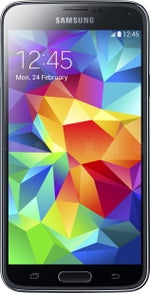

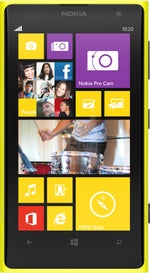







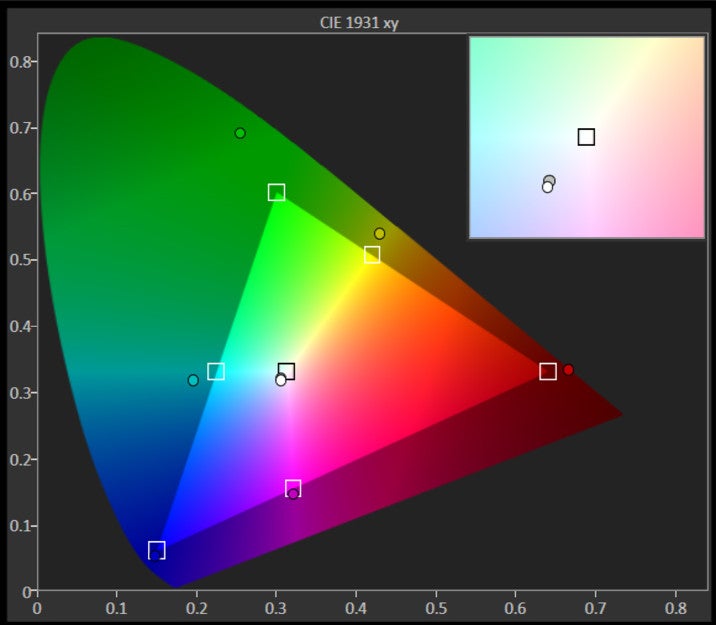









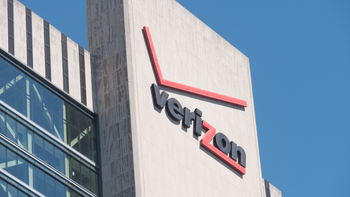
![T-Mobile users can get iPhone 16 for the price of a budget phone (no new line) [UPDATED]](https://m-cdn.phonearena.com/images/article/167601-wide-two_350/T-Mobile-users-can-get-iPhone-16-for-the-price-of-a-budget-phone-no-new-line-UPDATED.jpg)

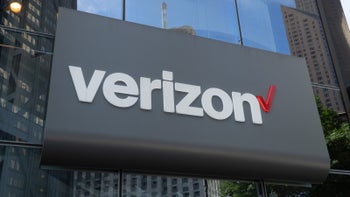
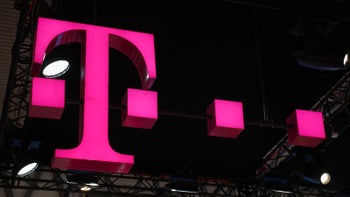
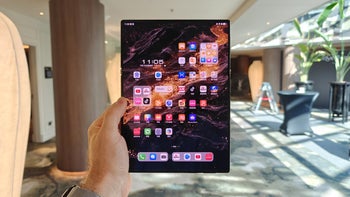
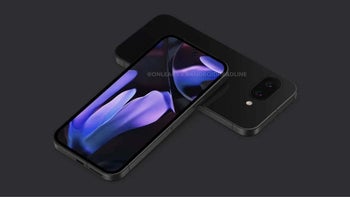
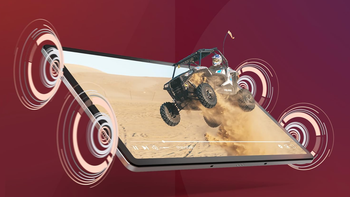

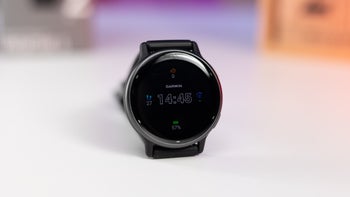
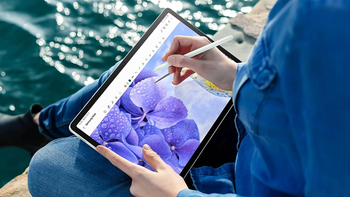
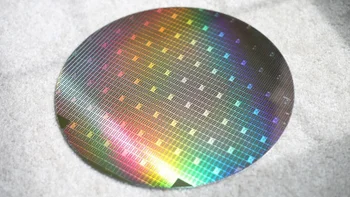
Things that are NOT allowed: